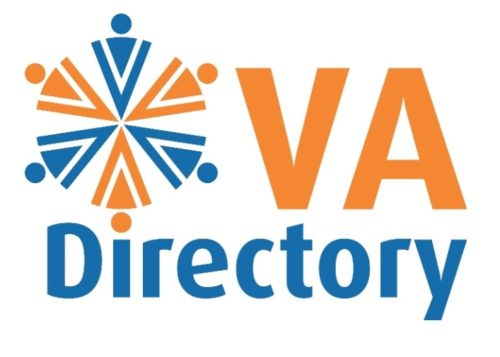I’m seeing questions more and more about this, particularly here in Australia. And the reason is partly that prospective clients don’t understand the difference and for others, they’re into sham contracting, which is against the law. Basically that means they want an employee, will treat you like an employee but don’t want to have to pay the employee overheads such as tax, insurance, Superannuation and WorkCover. So be very aware of what the difference is. I wrote an article when I was President of the AVAA and am sharing an updated version of it here.
Firstly, the Australian Virtual Assistants Association recognises that there are two types of ‘virtual assistants’ in this world. Often we’re referred to as the ‘western VAs’. The reality is that most VAs are self-employed professional business owner/operators. But there are many, mainly in Asian countries, who are employees of agencies. It is recognised that the Australian government has had challenges with people who claim to be contractors versus those who are employees in recent years. And so it is important we can differentiate and ensure businesses in Australia, who engage our services, know that we are not employees and definitely independent contractors.
You need to be aware that the 80/20 rule many Australian-based VAs previously referred to ‘went out the window’ in July 2013. In fact, when I was speaking to Ken Phillips, Executive Director of Self Employed Australia, 3 or 4 years ago, he shared that the rule was quite irrelevant and was a subtest of a subtest relating to PSI rules and income splitting back in 2002. It related to Personal Service Income and the tax laws of that time.
Ken advised that we really should be looking at what he called a Swinging Pendulum Test which has a list of 20 statements independent contractors can look towards as a guideline for ensuring that they are, indeed, independent contractors and not employees. This list covers things such as:
- how you operate as a business (VA),
- if you advertise for business,
- do you own your own equipment,
- are you responsible for you own work and any defects,
- do you set your own hours for work,
- how you manage the process for getting paid,
- and even being responsible for your own leave, taxes and insurances.
There are quite a few other things too. Cost for joining SEA is minimal and is worth investing to keep informed on what is relevant to you, as an independent business owner and contractor and how this relates to you within our taxation laws in Australia. The list does stipulate that it can only be used as a guide and is not intended to be treated as professional advice. It is always wise to speak to your own Accountant if in doubt about anything. BUT, your Accountant must be conversant with what is what for small business here in Australia. I’ve heard that the accountants of some clients are actually advising them that VAs should have their super paid and other things. My belief is this is incorrect.
It is important that all Virtual Assistants in Australia ensure they are getting good advice. Checking the ATO website when they’re aware of updates and also engaging the services of an Accountant who is well versed with small business operations. No-one should be operating a VA business without having an Accountant to guide them.
Thank you to Ken for his advice. Please note that I am a board member of Self Employed Australia and you can read more about the board here. And if you have any questions about this I encourage you to join the Self Employed Australia Facebook Group which is proving to be very useful for many self employed here in Australia.
